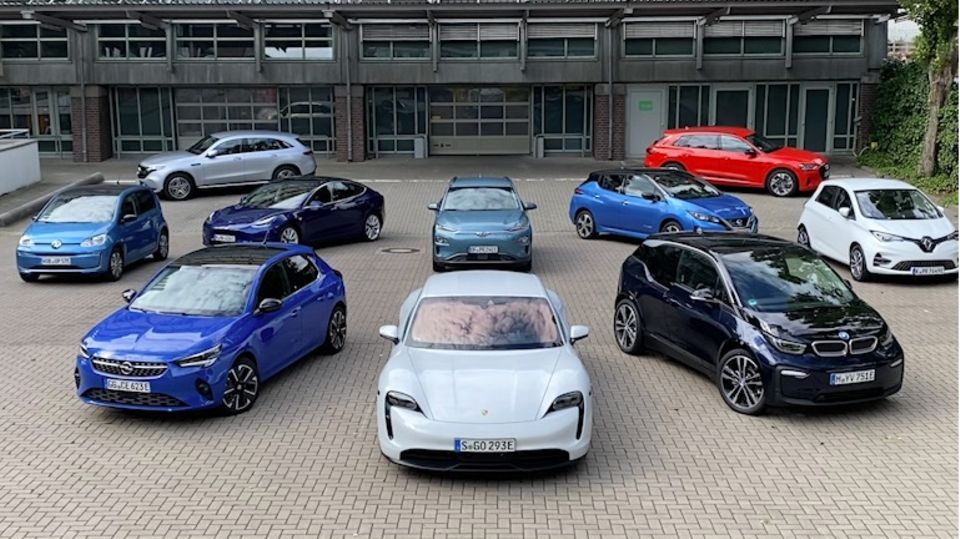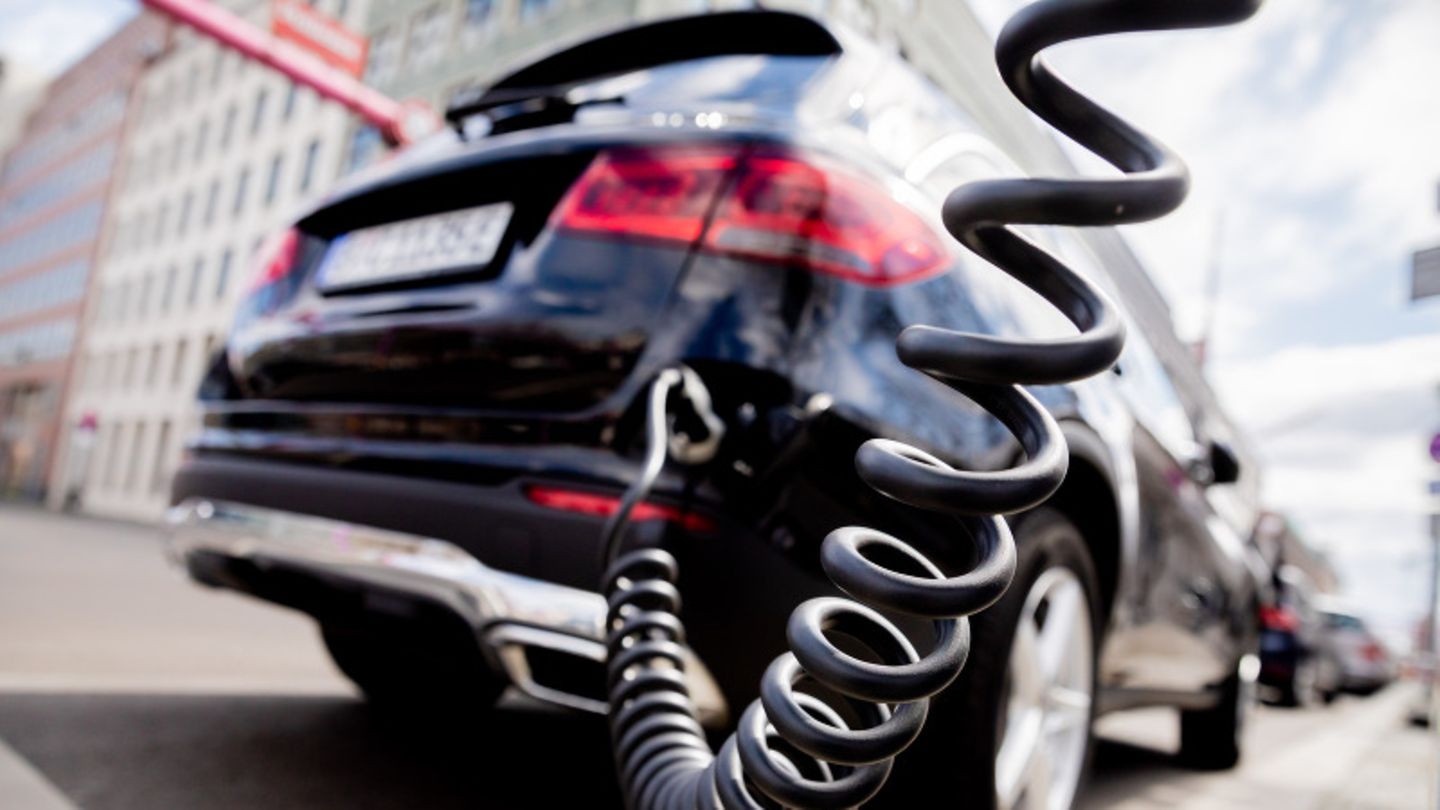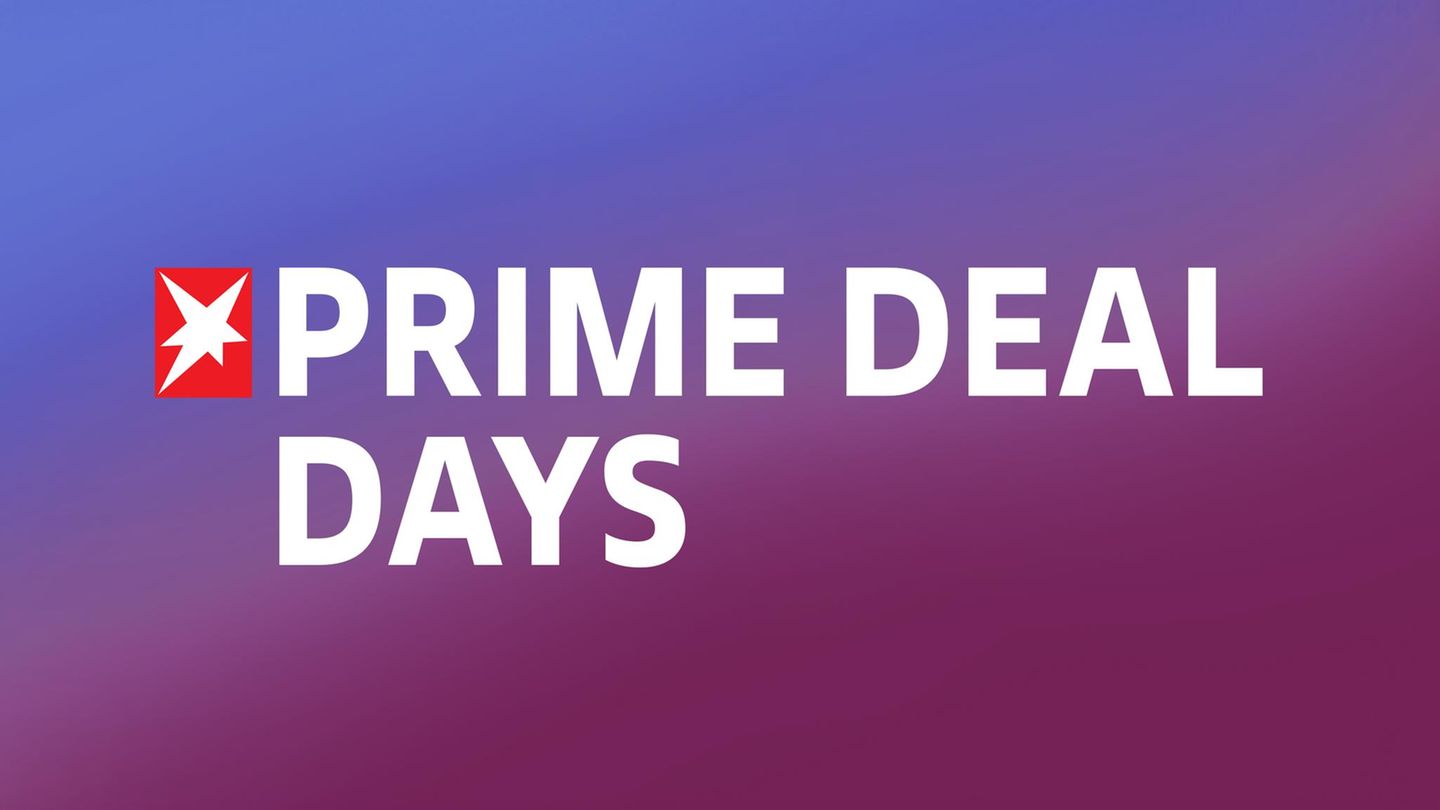The Federal Ministry of Economics is planning to extend the electric car purchase bonus, which expires at the end of the year, until 2025. Plug-in hybrid vehicles should remain eligible, but must in future have longer ranges in purely electric operation.
With the upcoming extension of the significantly higher purchase premium for electric cars, stricter requirements for plug-in hybrid vehicles are planned. A draft of the Federal Ministry of Economics for a new funding guideline shows that plug-in hybrids should still be eligible for funding, but in future they must be able to have longer ranges in purely electrical operation. A plug-in hybrid combines an electric drive with a combustion engine.
Purchase premium is to be extended until 2025
As already politically decided, the significantly higher state e-car purchase premium is to be extended until the end of 2025. So far it is limited to the end of 2021. Last summer, the existing purchase premium (environmental bonus) was increased via an “innovation premium” – the federal government had doubled its funding for the purchase of an electric vehicle. Since then, new registrations of e-cars have risen sharply.
The Ministry of Economic Affairs now gave the necessary amendment to the funding guidelines for the extension in the departmental vote. According to the draft, it is a central instrument to further vigorously promote the market ramp-up of electromobility. In the first half of 2021 alone, over 258,000 vehicles were funded with the innovation bonus and around 1.32 billion euros were paid out.
Hybrid vehicles must have a longer range
According to the draft of the new funding guideline, the regulation on plug-in hybrid vehicles should be made stricter and focus on electric drives. With plug-in hybrids, either a CO2 criterion has to be met or a minimum range has to be given. As of October 1, 2022, the CO2 criterion will no longer apply and the requirement of a purely electrical minimum range of 60 kilometers will apply. From January 1, 2024, according to the draft funding guidelines, plug-in hybrids must have a minimum range of 80 kilometers in order to be eligible.
Plugins are still an “important and necessary building block” and a bridge to the market ramp-up of pure e-cars, it said. The electric drive can be used in city traffic; conversely, the second classic drive offers consumers the necessary security for longer journeys when they make a purchase decision.
Plug-in hybrids make up a little less than half of the vehicles funded with the e-car bonus. Since the start of funding, the Federal Office of Economics and Export Control has counted 356 510 applications for this type of vehicle – this corresponds to a share of almost 45 percent.
Light electric vehicles will soon also be eligible for funding
The ADAC welcomed the stricter requirements for plug-in hybrid vehicles as a prerequisite for funding. The higher ranges in purely electric operation should only be a first step, said a spokeswoman. “Plug-in hybrids, which are also seen as the entry point into electromobility, can help protect the climate in traffic if they are driven electrically as much as possible.” However, the data available to date indicate that there is still significant potential for more electric driving, especially in commercial use. For this reason, parts of the subsidy in the context of company car taxation should be linked to a high proportion of electric journeys.
According to the draft, what is new in the funding guidelines is that so-called light electric vehicles should also be eligible for funding in the future. It is about light vehicles with electric drive that are required to be registered and used in city traffic, for example. In addition, relief for leasing vehicles is planned.

See in the video: How good are e-cars really? Ten testers from all over Germany will exchange their cars for equivalent electric vehicles for two weeks. The big experiment began on Saturday with the handover of the cars.
I am a 24-year-old writer and journalist who has been working in the news industry for the past two years. I write primarily about market news, so if you’re looking for insights into what’s going on in the stock market or economic indicators, you’ve come to the right place. I also dabble in writing articles on lifestyle trends and pop culture news.




